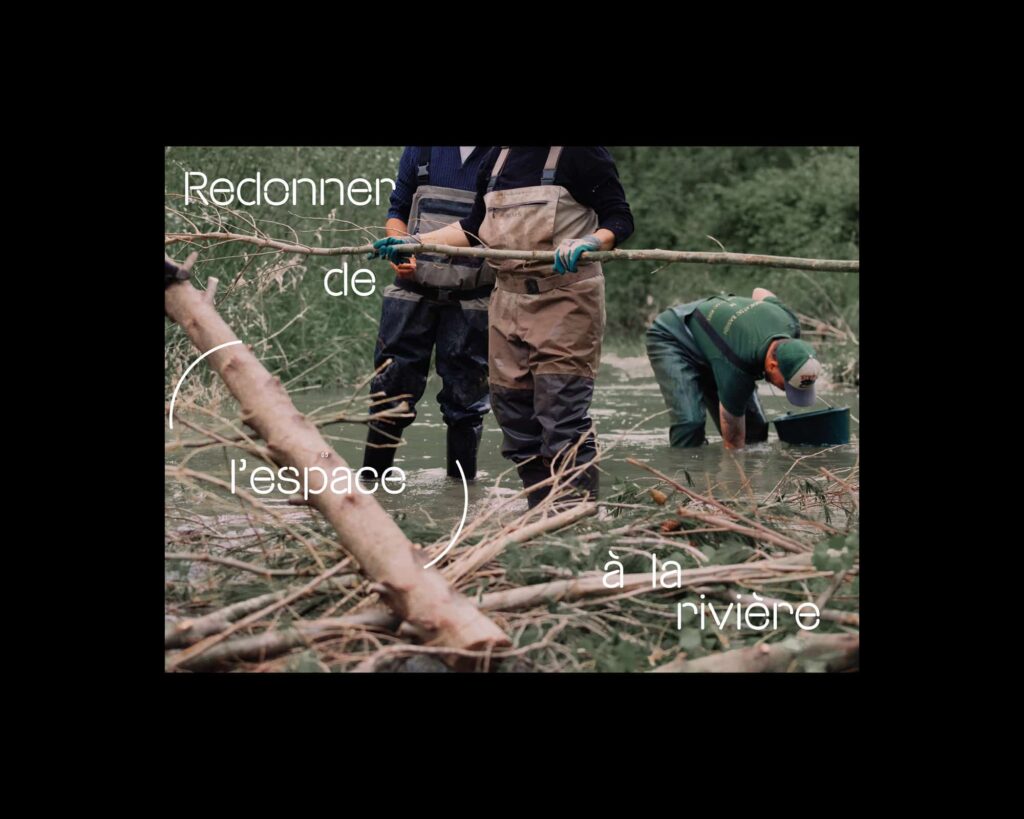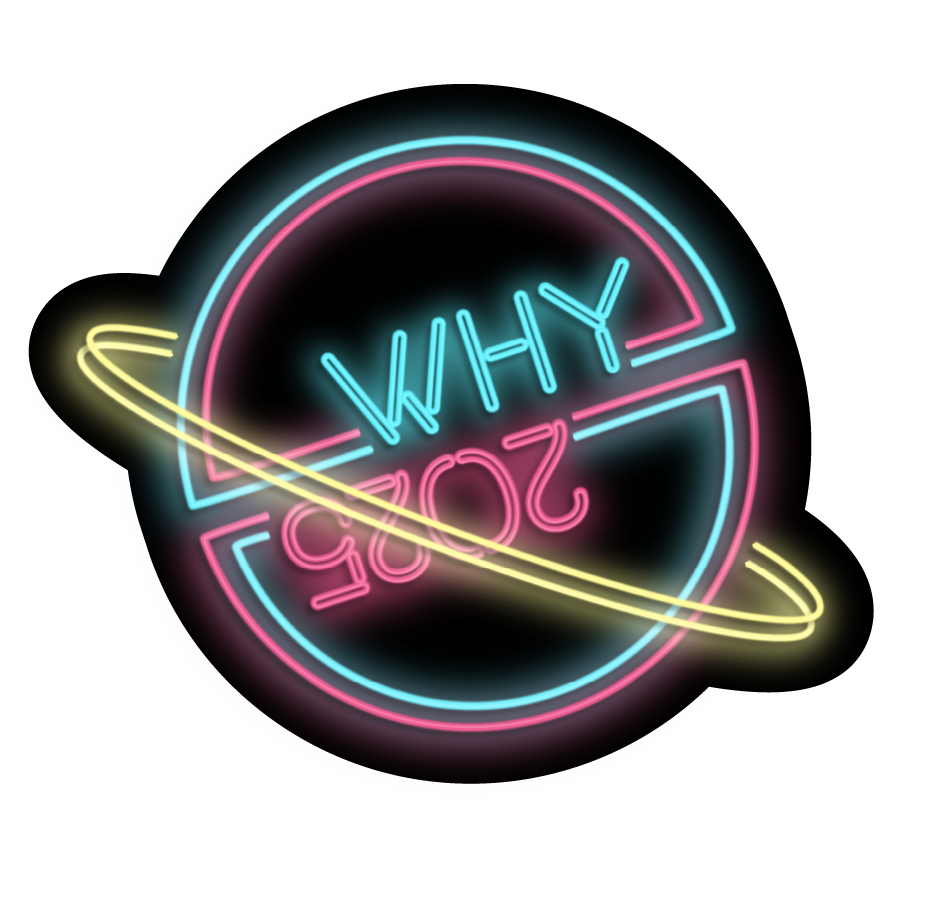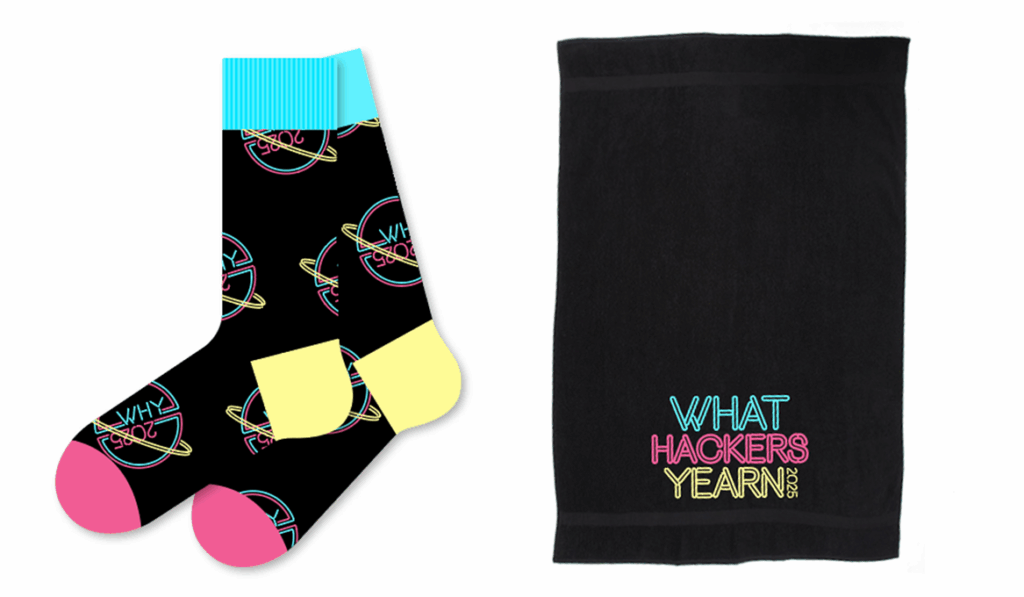Beon Regular
The intensity of neon light produced increases as the tube diameter grows smaller, that is, the intensity varies inversely with the square root of the interior diameter of the tubing, and the resistance of the tube increases as the tubing diameter decreases accordingly, because tube ionization is greatest at the center of the tube, and the ions migrate to and are recaptured and neutralized at the tube walls.
The greatest cause of neon tube failure is the gradual absorption of neon gas by high voltage ion implantation into the interior glass walls of the tubes which depletes the gas, and eventually causes the tube resistance to rise to a level that it can no longer light at the rated voltage, but this may take well over 50 years if the tube is properly processed during bombardment and gas back-filling.
The primary creative force of the Rutles’ music was Neil Innes, the sole composer and arranger of the songs. In the late 1960s, Innes had been the “seventh” member of Monty Python as well as one of the main artists behind the Bonzo Dog Doo Dah Band, who had been featured in the real Beatles’ Magical Mystery Tour film performing “Death Cab for Cutie”.
Innes credits the three musicians he recruited to assist him on the project as having been important in helping him capture the feel of the Beatles. Guitarist/singer Ollie Halsall and drummer John Halsey had played together in the groups Timebox and Patto. Multi-instrumentalist Ricky Fataar had played with the Flames before joining the Beach Boys in the early 1970s.
Eric Idle, who devised the Rutles concept and co-wrote the film, did not play or sing on any of the recordings; he offered to help, but had recently had an appendectomy, so he was encouraged to recuperate instead. George Harrison, having encouraged Idle and Innes to make a film that satirised the Beatles’ history, and lent them archival footage for inclusion in the film, facilitated the album’s release by introducing them to the chairman of Warner Bros. Records, Mo Ostin.
The pastiches mimic the Beatles’ sound to the degree that a 1978 Beatles bootleg, Indian Rope Trick, included the Rutles’ “Cheese and Onions”, attributing it to John Lennon. In the early 1980s, Innes was accused by one American Beatle fan of stealing unreleased Beatles tracks to use in the film; this was based on a recording of “Cheese and Onions” obtained by the fan which he believed to be by John Lennon. When the recording was played to Innes, he was amused to discover that it was actually his own demo of the song.
Innes was taken to court by the owners of the Beatles’ catalogue, alleging copyright infringement of their songs. Innes had to testify under oath that he had not listened to the songs at all while composing the Rutles’ songs, but had created them completely originally based on what he remembered various Beatles songs sounding like at different times.
Glyphset
Uppercase
Lowercase
Ligatures
Symbols
Arrows
Currency
Punctuation
Mathematical Symbols
Case Sensitive
Numbers
Old Style Figures
Tabular Figures
Tabular Old Style Figures
Fractions
Numerators/Denominators
Accented Uppercase
Accented Lowercase
Circled
White Circle Numbers
White Circle Letters
Black Circle Numbers
Black Circle Letters
360 languages supported
GalicianFinnishAchineseVidundaKaingangLatgalianKalenjinLuguruNdongaJavaneseUab MetoAlekanoWallisianYucatecoMakhuwa-MeettoBugineseMandinkaComorianNgazidjaMorisyenRigweAnaangToposaNgindoNdambaNorwegianSanguShillukMadureseBapukuScottish GaelicLuvaleAwakNyembaInterlinguaOkiekAo NagaRomboPalauanJola-FonyiGagauzBikolTedagaMuslim TatLatinKirmanjkiTonganDelawareMeruAleutAhtnaZayseShonaZigulaMexican MamOromoKamukuCzechMohawkTswanaBenchKoyra ChiiniAfrikaansCriouloUpper GuineaSomaliSukumaFaroeseLithuanianKaondeSangoShekoAragoneseMasaabaKurdish (Latin)PökootNeapolitanWayuuSilesianIkwoAfarResheFilipinoVõroChuukeseKitubaMündüDikakaRomanshZarmaKimbunduVunjoWarlpiriHangaNorwegian NynorskBangwinjiNdauPogoloOccitanQuechuaBenaGamoIgboMwaniMalay (Latin)GbayaSudanOmaha-PoncaNyoroRomanianMachameLigurianAlagoBosnianTivNupe-Nupe-TakoTurkmen (Latin)VepsYaoRongaHadiyyaInnuPicardTalinga-BwisiFijianMalteseKutuFuliiruLuba-LuluaTok PisinNorth NdebeleHiligaynonSamoanWalserSãotomenseSandaweMinangkabauLundaBasqueIgedeSoninkeWelshGheg AlbanianBalineseCornishTokelauGofaKabuverdianuNorthern SamiTaitaLatvianTedim ChinUpper SorbianMambilaNigeriaWolaytta (Latin)MakondePortugueseLangoUgandaNorwegian BokmålEstonianLuoUmbunduSlovenianIrishAcoliNiueanRinconada BikolAsturianSudanese ArabicTakwaneIndonesianMakhuwaTuvaluUyghur (Latin)PapiamentoCahungwaryaLambaSidamoSogaBengaKashubianSardinianNguluChigaSlovakRundiNyankoleBariNovialSpanishIraqwSranan TongoPunuBandaWest CentralBiniKalangaTsuvadiKoyraboro SenniGilberteseBretonHungarianRendilleLokaaSouthern SamiAromanianArabicChadian SpokenTetumBilenPohnpeianEsperantoSwahiliSeselwa Creole FrenchBembaSwiss GermanMaoriPiedmonteseLomweNyanjaNyasa TongaKhasiTooroAymaraOtuhoBislamaCroatianSenaWalloonKonjoBedawiyetZaghawaLow GermanSiksikaRarotonganGermanHawaiianSamburuGwichʼinKambaXavánteEfikKuanyamaLower SorbianTahitianBatak TobaInari SamiTsamaiLuwoNaraRwaChidurumaRéunion Creole FrenchMirandeseDawroNdogoDidingaIlokoManyikaYasaVenetianSahoAsuSeriAdaraTongaTalysh (Latin)Western FrisianLuxembourgishMalagasyAlbanianNorthern SothoIvbie North-Okpela-ArheZuluShambalaWolofSassarese SardinianKʼicheʼLombardHmongLoziPampangaKalaallisutUzbekGusiiWest Albay BikolC’LelaHaitian CreoleKunamaXhosaSwedishSapinyEnglishGourmanchémaLule SamiSubaIzereMankanyaIkaDanishPolishSouth NdebeleColognianut-Ma’inGandaZuniSouthern SothoIcelandicChamorroZazaHyamLongudaTasawaqVolapükWendatKikuyuJamaican Creole EnglishTsakhur (Latin)CebuanoPanguManxSwatiMuscogeeOgbahScotsTurkishTulaEzaaKombeAzerbaijaniCorsicanItalianMapucheSicilianSwahiliCongoLatinBialiGyeleSerbian (Latin)KinyarwandaKuriaLamnso’TumbukaTsongaMandjakChimborazo Highland QuichuaLeleXaasongaxangoWarayFrenchLuyiaSundaneseEmbuKarelianKongoHopiBokobaruFriulianKwereGawwadaZandeVietnameseCatalanYapeseChokweHarari
1040 glyphs
Beon Regular
OpenType features
About Beon Display
Beon is a Neon stencil typeface, comes in a single weight, including multilingual support and openType features. Beon can be used for a wide range of projects.
The Beon font as originally been designed for the movie BangBang by Raphael L. Lungo, the typeface has been develop for the appearance of the names of actors and the final drop.
Designer
Bastien Sozeau
Released
2011 — V.04 update 2024
Styles
Available in 1 weight
Get Beon Display
0€
Beon Display in use
Budapest Movie Titles – Xavier Gens

Signage for FIVE GUYS
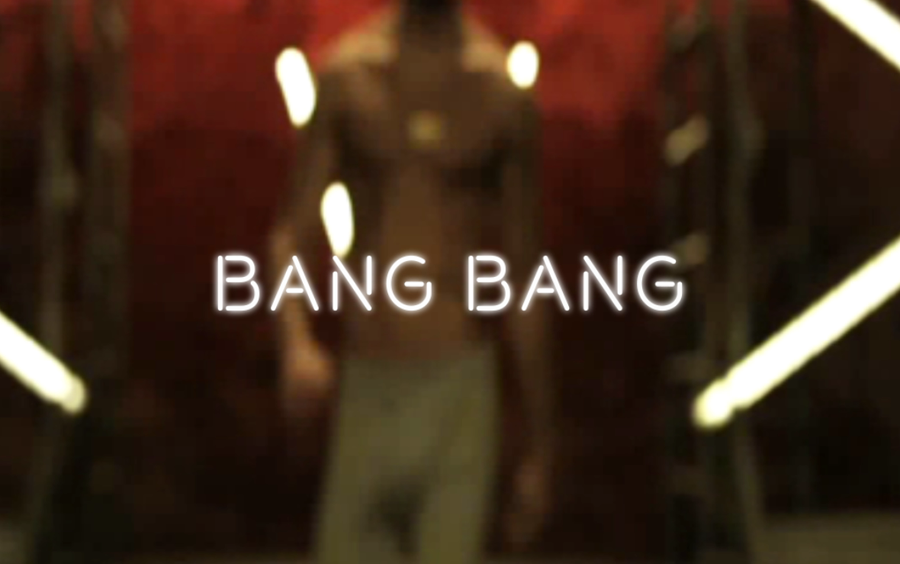
Screen Title for the movie BANG BANG
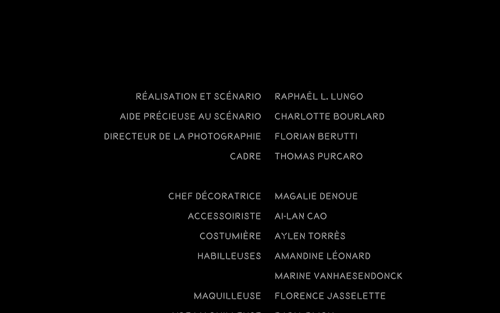
Screen Titles for the movie BANG BANG
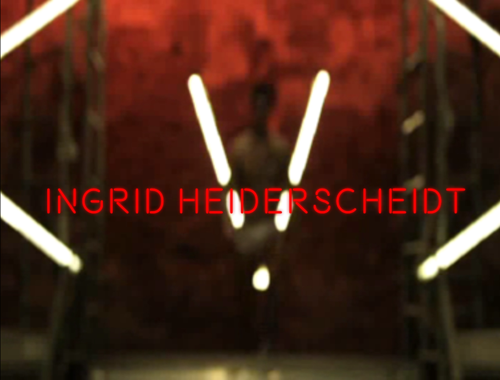
Screen Title for the movie BANG BANG
